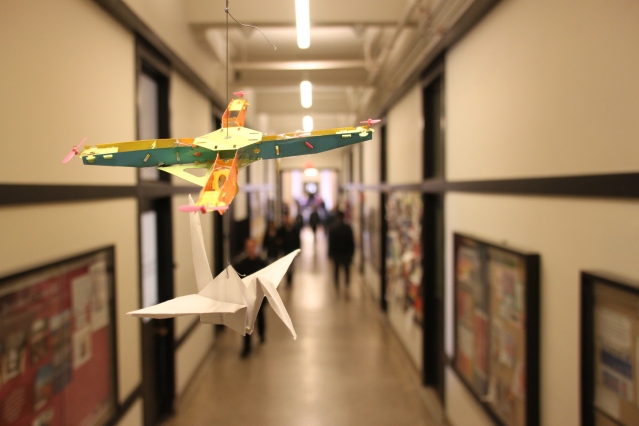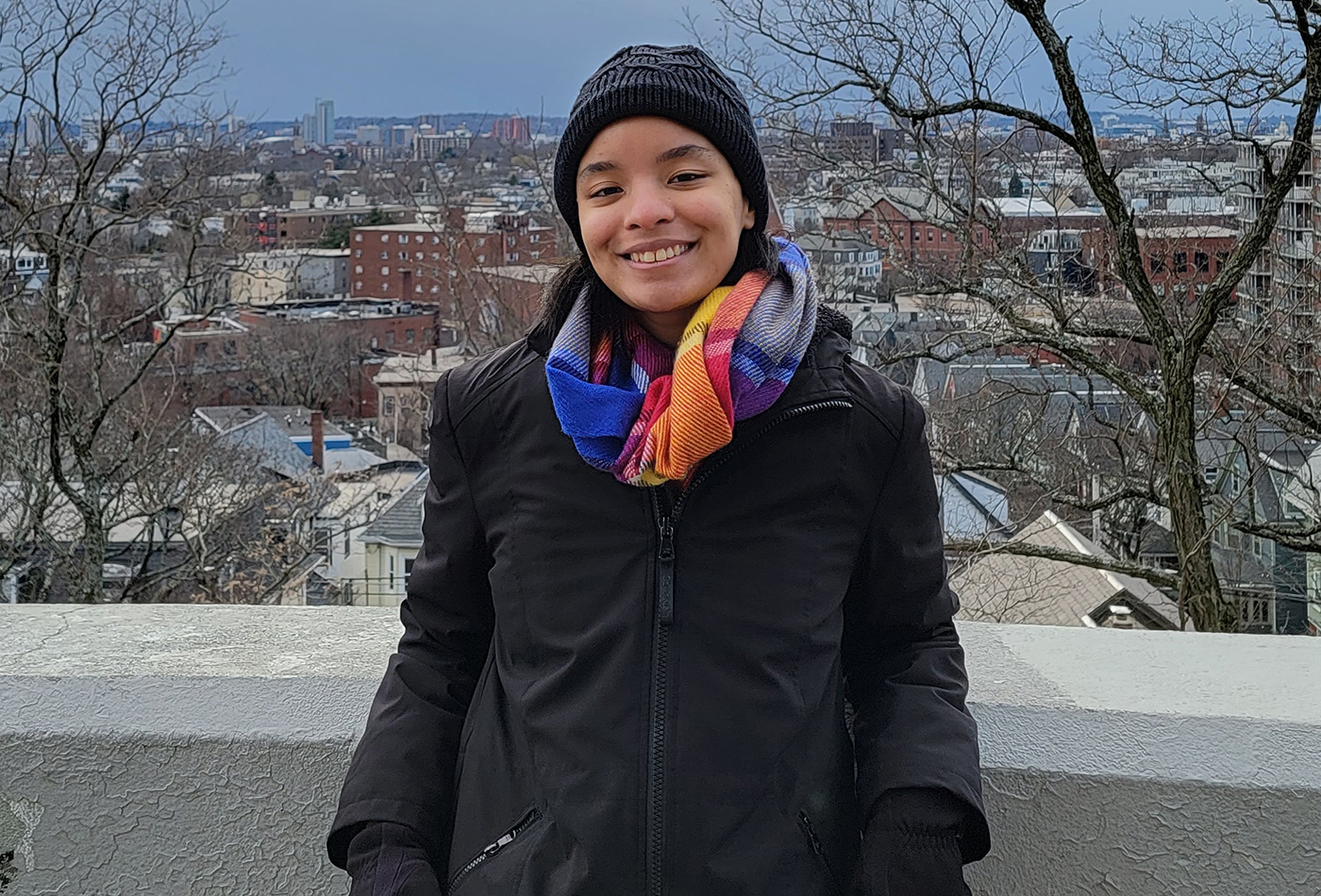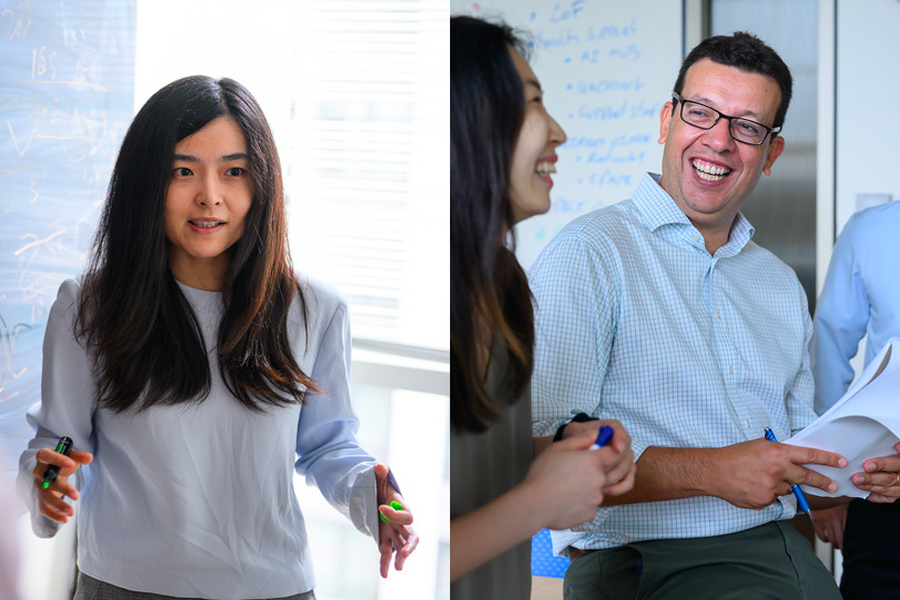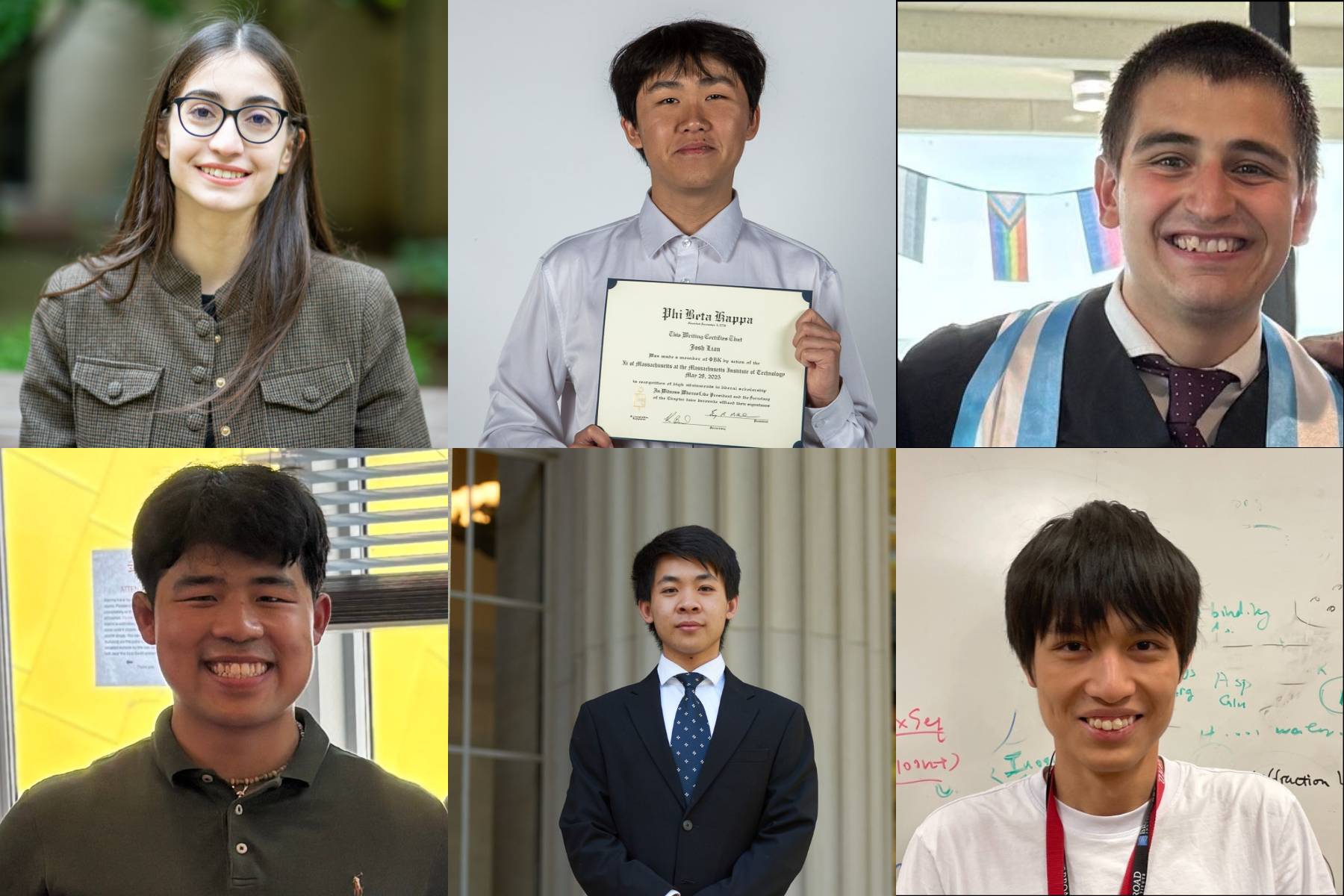Harnessing a “meritocracy of great ideas”
Using a broad design approach, students are developing and evaluating changes to the first-year undergraduate experience.
A team of 25 students, faculty, and staff from across the Institute has been working to develop a new design subject with an ambitious goal: to propose and rigorously evaluate potential new curriculum, pedagogies, and policies to advance the educational experience of first-year undergraduate students at MIT.
The subject, Designing the First Year at MIT, will be offered in spring 2018 for MIT undergraduate and graduate students, as well as Harvard University graduate students. “The class will be tasked with leading a community-based design effort that conceptualizes the first year experience (FYE) as a complex system,” says Ian A. Waitz, vice chancellor of the Institute. “It’s a neat opportunity to shape education at MIT, while learning about design methodologies and applying them to a very challenging problem. The subject is being developed and taught by faculty and staff from all five schools. That may be a first.”
The idea bubbled up during conversations last spring between Waitz (then dean of the School of Engineering) and a group of students from the MIT Undergraduate Association (UA). Both he and the students share an interest in improving the undergraduate learning experience.
Enhancing the first-year experience was among the initial charges identified by Chancellor Cynthia Barnhart when she created the Office of the Vice Chancellor in July. Since then, Waitz has met with hundreds of faculty, administrators, and staff to seek advice on the best approach. In each session, he always asks two questions: What are the objectives of the first year? How well are we meeting them? Such intelligence is helping to guide the development of the subject in real-time.
“The course is a really interesting and effective way of getting the entire community involved in this conversation,” says junior Alexa Martin, UA vice president. “It’s more likely to result in actual change than surveys, presentations, and other things that have been done in the past.”
Martin is one of four students on the team planning the subject, along with sophomore Kathryn Jiang, UA secretary; sophomore Noah McDaniel, who chairs the UA Committee on Education; and sophomore Edward Fan, who serves on the Institute’s Committee on Curricula (CoC). This fall, they fanned out across campus to tell students about the class and ask their perceptions of the first year. What they heard revolved around a few themes, such as major exploration, first year advising, and preparing students for the second-year and beyond.
Because community engagement is fundamental for success, students in the class will continue to gather and analyze extensive input and data from stakeholders across campus. “We’d like to put the MIT culture to work — a meritocracy of great ideas,” says Bruce Cameron, director of the System Architecture Lab and one of the subject instructors.
The other instructors are Bryan Moser, academic director and senior lecturer in the System Design and Management program; Maria Yang, an associate professor of mechanical engineering and engineering systems; Glen Urban, the David Austin Professor in Management (emeritus); and Justin Reich, an assistant professor in comparative media studies and writing.
Using a project-focused approach, the teaching team will lead weekly lectures on ways to think about, frame, research, and design solutions to the problem, along with lab-based workshops, readings, and field work. Groups of students will tackle different aspects of the first year, such as the GIRs or the residential experience, and along the way, develop skills in design, learning science, and communications.
“They’ve done an exceptional job of involving students in all of this,” Martin says about the development of the subject. “I’ve felt like my voice has been heard along the entire way. In almost every decision they make, they’re getting input from students, which is really nice to see and be a part of.”
In that sense, the approach the planning team has taken bodes well for the desired outcome. “We hope to get a lot of ‘user-centered innovation,’” Cameron says. “Who better to guide the first year experience into the 21st century than a group of MIT students who lived it?”
Waitz notes that having experience as an undergraduate at MIT, while valuable, is not required. “I hope graduate students will also take the course, as they are able to look back on their undergraduate experience, and also bring perspectives from other college programs.”





